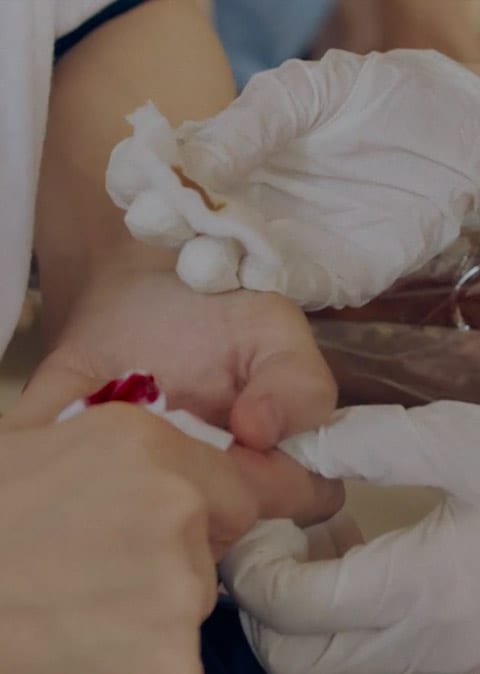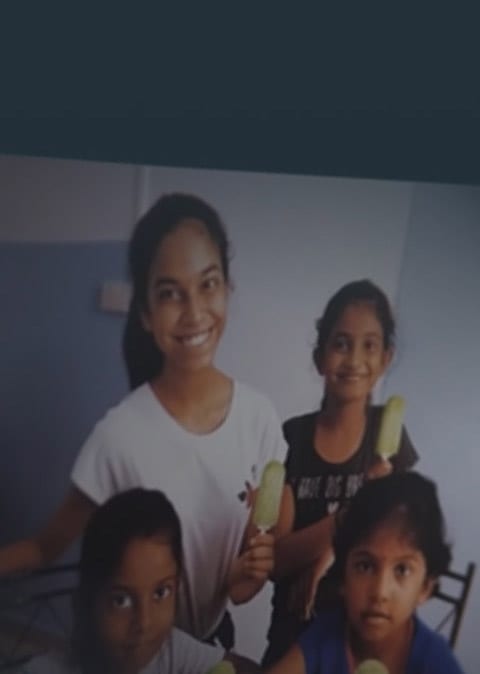While satisfaction rates are heartening, NVPC believes CIP can be more impactful
Singapore, 2 September 2011 – National Volunteer & Philanthropy Centre’s (NVPC) study of individual giving behaviour has found that over four in five participants of compulsory community work in school are satisfied or very satisfied with their experience. This is the first time since such research began in 2000 that respondents were polled on their experience.
CIP: Early gateway to volunteerism
Community Involvement Programme (CIP) in schools is often the first time students are exposed to community work. In NVPC’s Individual Giving Survey, volunteering excludes compulsory community work such as CIP, except where participants have voluntarily served more than the compulsory hours.
Laurence Lien, NVPC’s Chief Executive Officer said: “The good intentions of CIP, when coupled with good execution, is a gateway to volunteerism. CIP connects our students to social concerns, and this exposure is more likely to spark continued volunteerism throughout their lives.”
Indeed, the survey found that among those aged 15-29, those who had previously participated in compulsory community work in schools had a significantly higher volunteerism rate than those who had not. 35% of the former group were current volunteers compared to 15% for the latter group.
More needs to be done to improve CIP
Nonetheless, NVPC believes that CIP in schools can be improved. Mr Lien said: “While the high rate of satisfaction with CIP is heartening, we believe more can be done to make CIP more impactful. NVPC’s volunteer arm SG Cares (www.sgcares.org) is working on a pilot project with schools to introduce the Asset-Based Community Development model, an approach to informal volunteering that focuses on assets in the community, rather than needs.”
More can also be done to spur corporate volunteering. The survey found that among those aged 15 to 19, 48% or about one in two have volunteered in the past 12 months. Volunteerism falls thereafter, from 23% among 20-24 year olds to 16% among those aged 25 to 29. These are the ages when school leavers begin to build their careers in the workforce, and when less time is devoted to other areas of their lives, like volunteering.
“Just as CIP provides the pathway for students to serve the community, corporate volunteering programmes can be pathways for employees to volunteer. In fact, volunteer activities organised by employers will attract even former and non volunteers,” Mr Lien continued.
The survey found that 80% of former volunteers and 54% of non volunteers would participate if such activities were organised.
Indeed, employee volunteer programmes may be organised by employees themselves. To help companies with employee volunteering, NVPC has an Employee Volunteering Guide book which is available free online. NVPC’s corporate engagement team will also be conducting special volunteer orientation sessions for interested companies in the near future.
Spending on leisure vs giving
For the first time, the survey also looked at how much time and money was spent on favourite leisure activity, compared to volunteering and donating.
Kevin Lee, a director at NVPC, said: “We found that generally, more time and money was spent on favourite leisure activity than on volunteering and donating.” For example, persons who had favourite leisure activity spent on average 485 hours in the past 12 months on such an activity. By comparison, persons who volunteered spent on average 104 hours in the past 12 months volunteering.
“Leisure and giving to the community are not mutually exclusive,” said Mr Lee. People can combine both, such as fundraising through sports. With passion and imagination, we can make giving a way of life.”
Donation relative to income
As in the 2008 survey, the 2010 survey found that those earning below $1,000 per month tended to donate a higher percentage of their personal annual income compared to the other income groups. Regarding intention to donate online in the next 12 months, the proportion is 33% or higher among those with personal monthly income of $4,000 and above. Given their openness to donating online, Mr Lien said: “NVPC’s online donation portal SG Gives (www.sggives.org) will be working with charities to better reach out to those earning a higher income.”
NVPC released the above findings today as a supplement to its Individual Giving Survey 2010.
Background to Individual Giving Survey 2010
Individual Giving Survey 2010, conducted by The Nielsen Company on behalf of NVPC, sought to gain insights on volunteerism and philanthropy in Singapore in a bid to encourage a caring and engaged community for all. It covered individuals aged 15 years old and above who are Singapore residents (Singapore Citizens and Permanent Residents) and non-residents but excluded tourists, domestic maids and construction workers. A total of 1,815 interviews were completed from April to August 2010. Respondents were interviewed face to face about their giving behaviour in the last 12 months. Statistical weighting was applied to the sample data to arrive at national estimates. In the survey, volunteering was defined to exclude compulsory community work such as the Community Involvement Programme in schools (except where it exceeded the compulsory hours). The survey has been carried out once every two years since 2000.



















